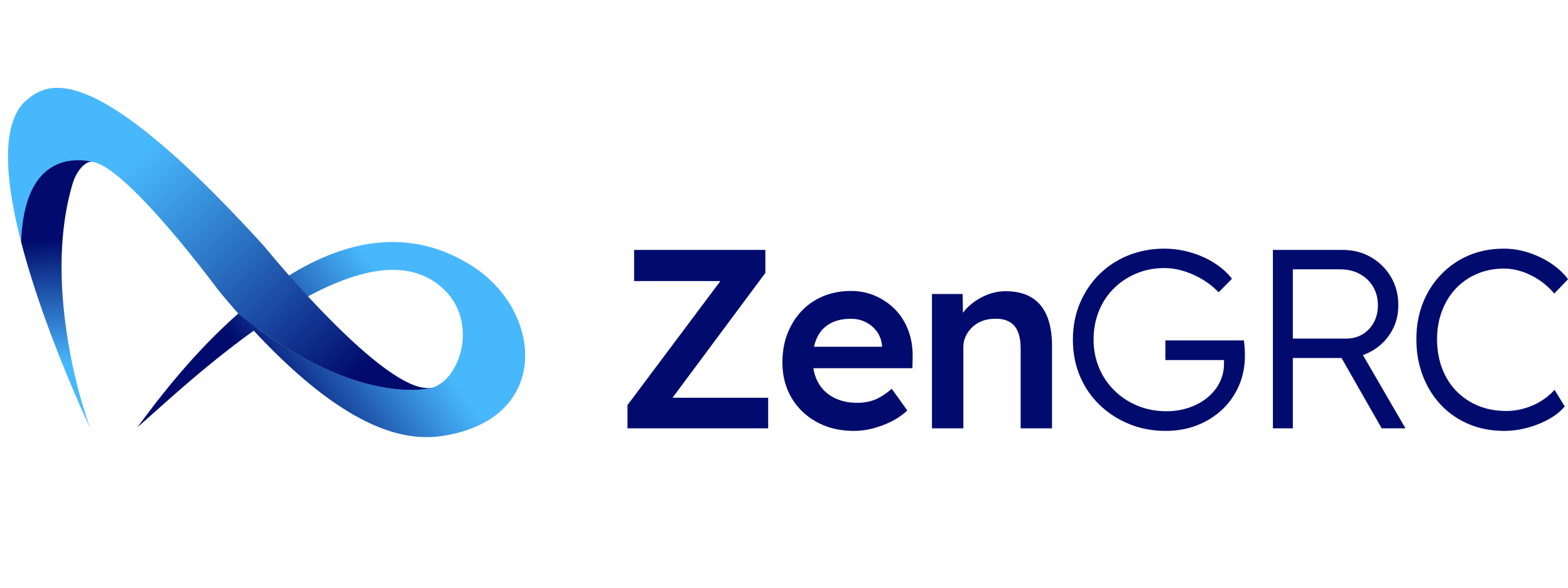Resources
ZenGRC Announces Jon Leitner as Chief Revenue Officer
The ZenGRC Community
The ZenGRC Community serves as the central hub for all ZenGRC resources, bringing together product knowledge and expertise in one accessible space. This one-stop shop provides access to product training, ZenGRC team engagement, a network of 2,000+ GRC peers, upcoming events, and product roadmaps. More than just a support portal, it serves as a thriving ecosystem designed for success with ZenGRC.
Read MoreWhat is ZenGRC’s Trust Center?
ZenGRC’s Trust Center is a secure, access-controlled portal that enables organizations to seamlessly share their security posture and compliance documentation with customers and stakeholders. This powerful add-on streamlines the compliance validation process by providing a centralized platform where authorized users can access curated security and compliance information, reducing the time spent responding to security questionnaires and enhancing transparency with customers.
Read MoreCompliance
Automated evidence collection and cross-mapped frameworks accelerate compliance initiatives while reducing manual effort across your organization.
Read More